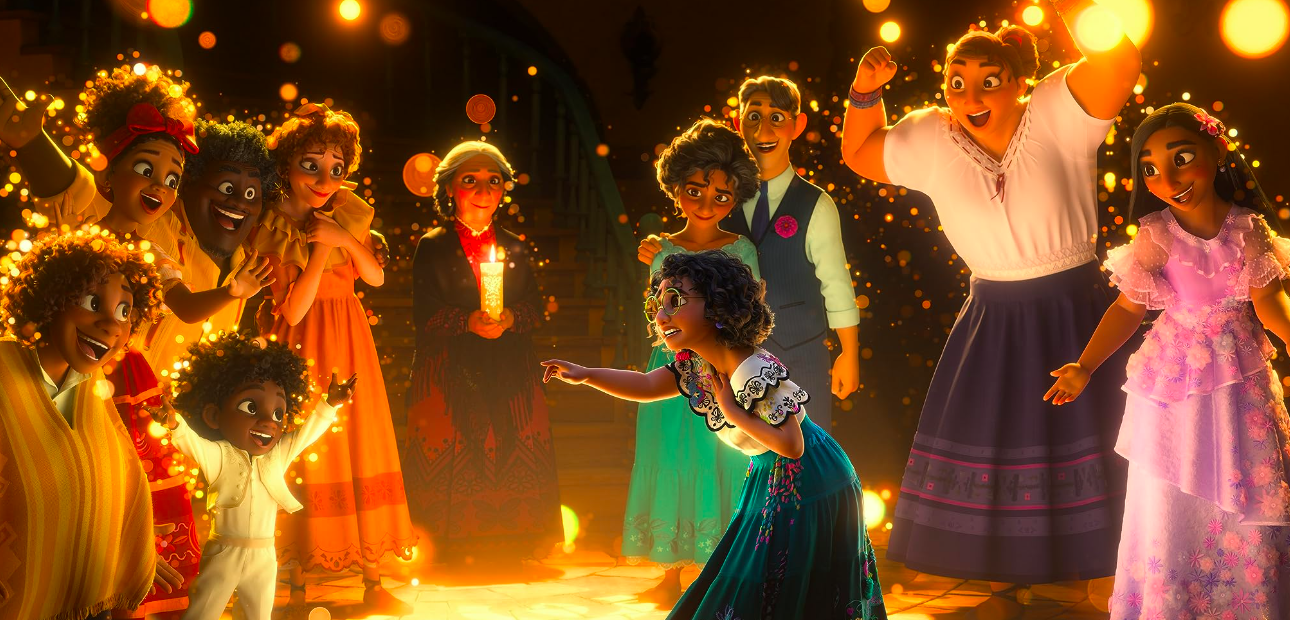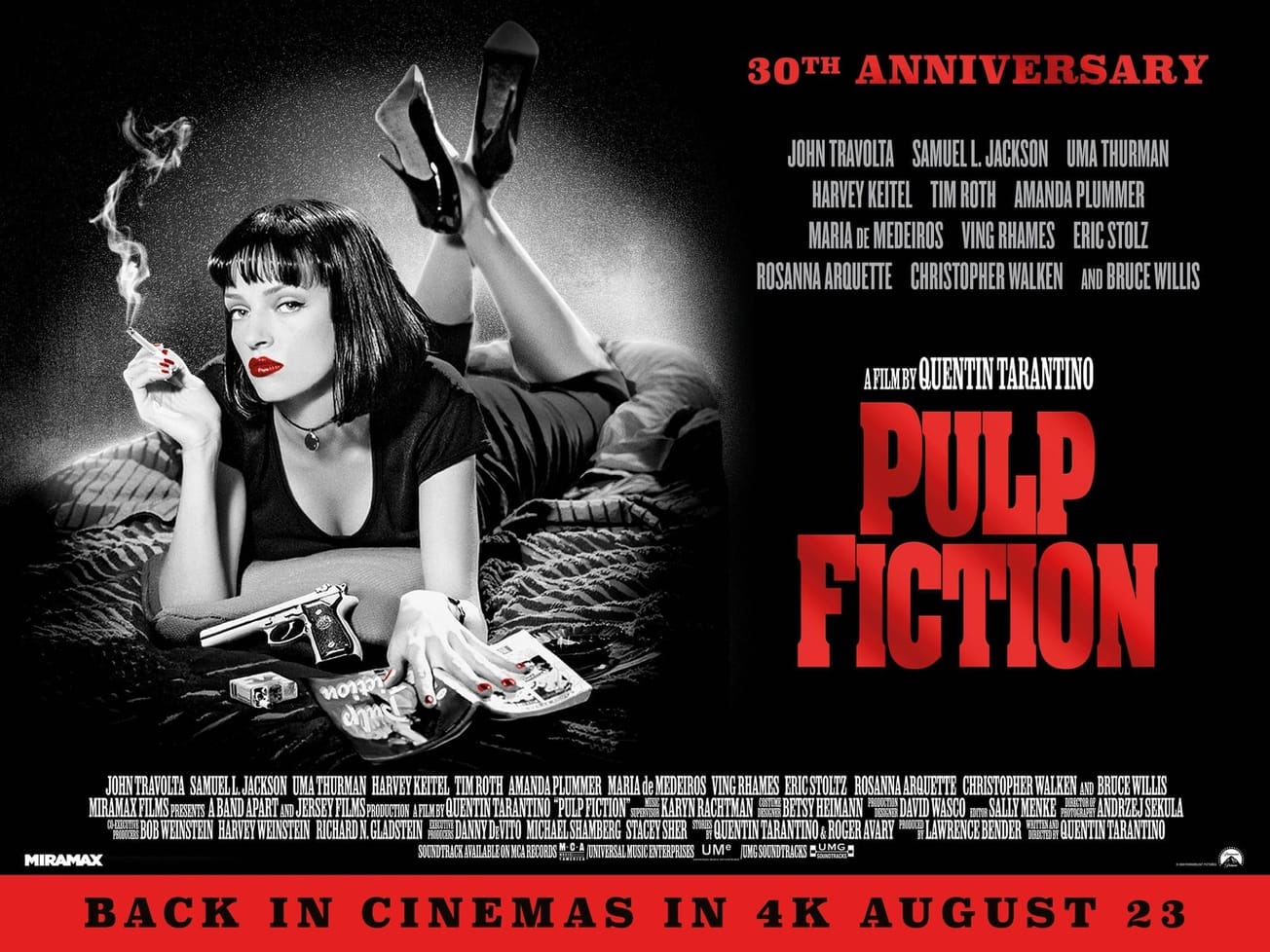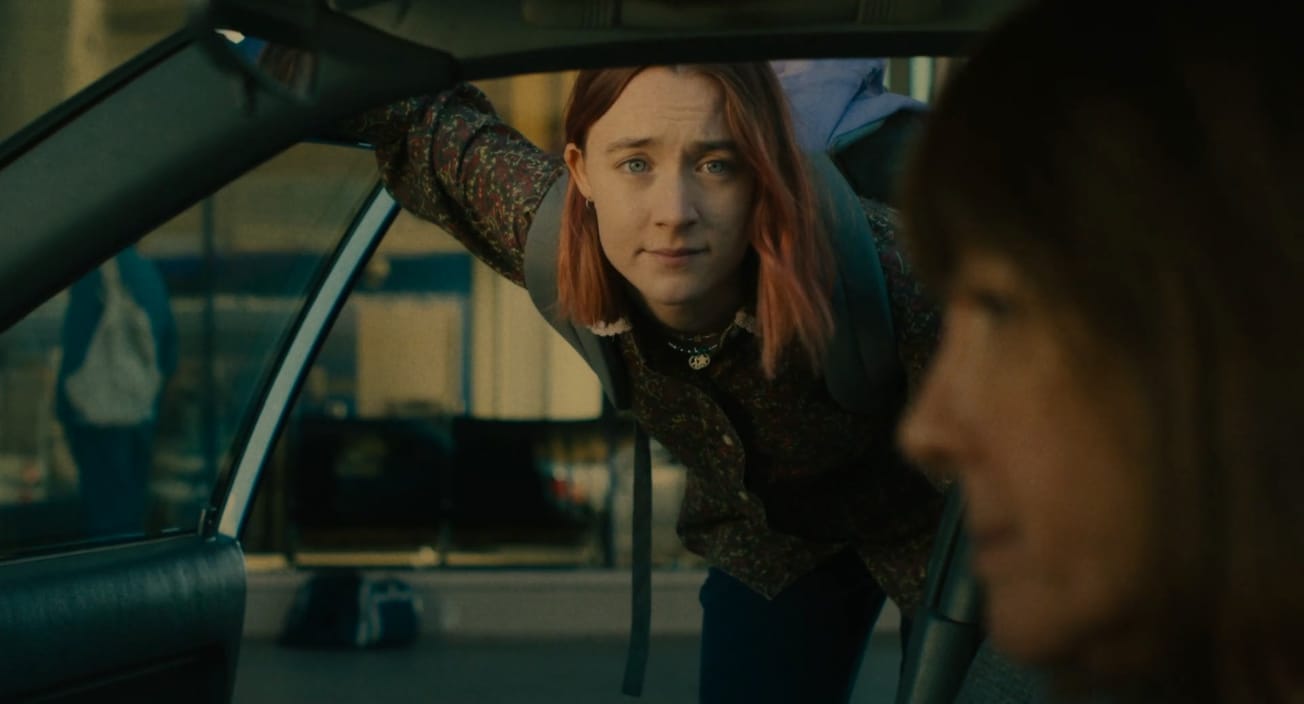Alannah Mylechreest, Second Year, English and German
Social media and its effects permeate almost every aspect of our lives today, with the film industry being no exception. Unless you were living under a rock this summer you would have been aware of the Barbenheimer phenomenon, a trend that originated and largely played out over social media. This trend completely shifted the way Barbie (2023) and Oppenheimer (2023) were marketed, and they began to be thought of in tandem with each other, thanks to the power of social media. But the influence of digital media is not confined to film marketing - it arguably has had an impact on the way we view film criticism too.
Once confined to journalists and academics, the practice of film criticism is becoming more and more accessible, and anyone who has access to a device and the internet can become a film critic. One website that champions this is the social cataloguing service Letterboxd. Although it’s been around since 2011, the site has become increasingly popular in recent years, allowing users to log, rate, and review the films they’ve seen. The website offers a unique form of film criticism in that it can really be anything you want it to be - reviews range from funny one-liners to genuine analysis. This is film criticism for the masses, and proves that engaging with films doesn’t have to be pretentious; making jokes or witty comments is arguably a valid form of film criticism as well.
There are countless other film databases out there; sites like Rotten Tomatoes and Metacritic aggregate reviews by professional critics, whereas IMDb much like Letterboxd displays ratings by the ordinary user. What all these websites have in common is that they are able to reduce films to a simple score from the average ratings gathered from these reviews. Although film criticism is subjective, a quick Google search of any movie will give you a couple of numbers by which you can determine whether it is ‘good’ or not. On the one hand, this practice can be useful in deciding whether or not to see a certain film, but on the flip side, it could deter viewers from watching potentially hidden gems, just because it is not universally loved by critics. Box office failures that later became incredibly popular include Blade Runner (1982), It’s a Wonderful Life (1946), and The Shawshank Redemption (1994). Initial mixed or poor reviews of a film that could be seen as more abstract or subversive could risk never becoming popular in the future if they are branded with a low score.

Film criticism is also prominent on social media through both long-form and short-form content. One prominent example is the recent rise in the video essay on YouTube. The digital equivalent of an academic article, they cover a range of topics, from political debates to sociological observations, and naturally film and television criticism. These videos range in length from 10 minutes to an hour or two, and often maintain a balance between being impressive and well-researched, but also accessible to a wide audience who are looking to think about the media they consume in a more critical way, but may not have access to resources like journal articles.
In terms of more short videos, it is clear that the undeniable power and influence of TikTok has also had its own effect on the film industry. The platform is a space where users can post their thoughts about films they have seen which, much like Letterboxd reviews, can be summed up in a sentence or two if needs be. Clips and edits of films are also shared, oftentimes allowing less popular and more obscure films to be reached by a wider audience.
Many have argued that TikTok has had a profound effect on the music industry, with the sounds used on the platform shaping what songs get popular - and it could be argued that this has a similar effect on the film industry. For instance, a Why Now article observes how Encanto (2021) went from earning a moderate amount at the box office to becoming significantly more popular once released on the streaming service Disney+ and argues that this is a result of the soundtrack gaining traction on TikTok. In addition, sound bites from various films and television shows frequently trend on the platform, with videos of people lip-syncing to these sounds and putting their own spin on the scenes often going viral. Could this result in filmmakers putting in moments and phrases in their features that they deem ‘memeable’, in the hopes that the sound will get trending on TikTok, in turn increasing viewership for the film? It’s been thought that this practice has been happening in a lot of songs that have recently been released, so the idea that it could happen in the film industry is not ludicrous.

So, what sort of influence has digital media had on film criticism and the film industry? The answer is that it is not overtly positive or negative, but perhaps more mixed. On the one hand film criticism risks being simplified and reduced to a percentage on Rotten Tomatoes or a 20-second clip. But, perhaps more importantly, criticism has become more accessible, can be found in a variety of media forms, and is able to be both read and written by even more people than before, encouraging a future generation of budding film critics.
Featured Image: Unsplash
How do you think film criticism will continue to evolve?







